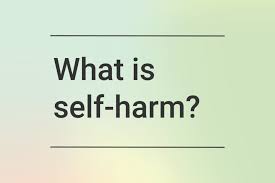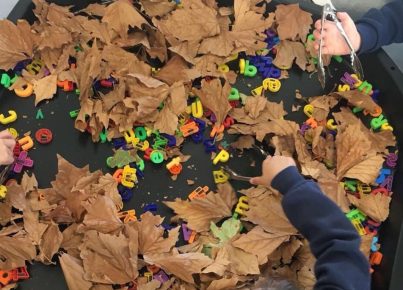Introduction
In recent years, there has been a growing concern about self-harm among primary school children. It is a challenging and sensitive topic that requires careful handling. As parents, teachers, and caregivers, it’s crucial to create a safe and supportive environment for children who might be experiencing emotional distress. This article will explore the reasons behind self-harm, ways to identify the signs, and steps that can be taken to help children in need.
Understanding Self-Harm in Primary School Children
Self-harm is the act of intentionally inflicting pain or injury on oneself as a way of coping with emotional pain or distress. Children as young as primary school age may engage in this behavior to seek temporary relief from emotional turmoil. Common forms of self-harm include cutting, burning, and scratching the skin.
Identifying Self-Harm in Young Children
The signs of self-harm in young children can be subtle and easily missed. It is essential for parents and teachers to remain vigilant in identifying possible indicators. Some common signs are:
1. Unexplained cuts, burns, or bruises
2. Wearing long sleeves or pants, even in hot weather
3. Isolation from peers
4. Decreased interest in activities they once enjoyed
5. A sudden drop in academic performance
6. Changes in mood or personality
7. Expressing feelings of worthlessness or hopelessness
What You Can Do
If you suspect a child may be engaging in self-harming behavior, it is essential to approach them with sensitivity and support. Here are some steps you can take:
1. Speak with the child privately: Find a quiet and safe space to have an open discussion with the child about your concerns.
2. Validate their emotions: Let the child know that it’s okay to feel upset or stressed but emphasize that hurting oneself is not a healthy way to cope.
3. Offer support: Ensure the child knows that you care about their well-being and you are available to listen or help.
4. Encourage positive coping strategies: Help the child explore other ways to cope with their emotions, such as engaging in hobbies, creative activities, or physical exercise.
5. Seek professional help: If necessary, refer the child to a mental health professional who can provide specialized support.
6. Educate yourself and others: Stay informed about self-harm and its signs to better support children experiencing emotional distress.
Conclusion
Self-harm is a complex issue, and early intervention is crucial in preventing long-lasting psychological harm. As parents, teachers, and caregivers, we all play a significant role in recognizing the signs of self-harming behavior and offering support to children in need. By fostering safe spaces for open communication and promoting healthy coping strategies, we can help our young ones navigate their emotions in a healthier way.





